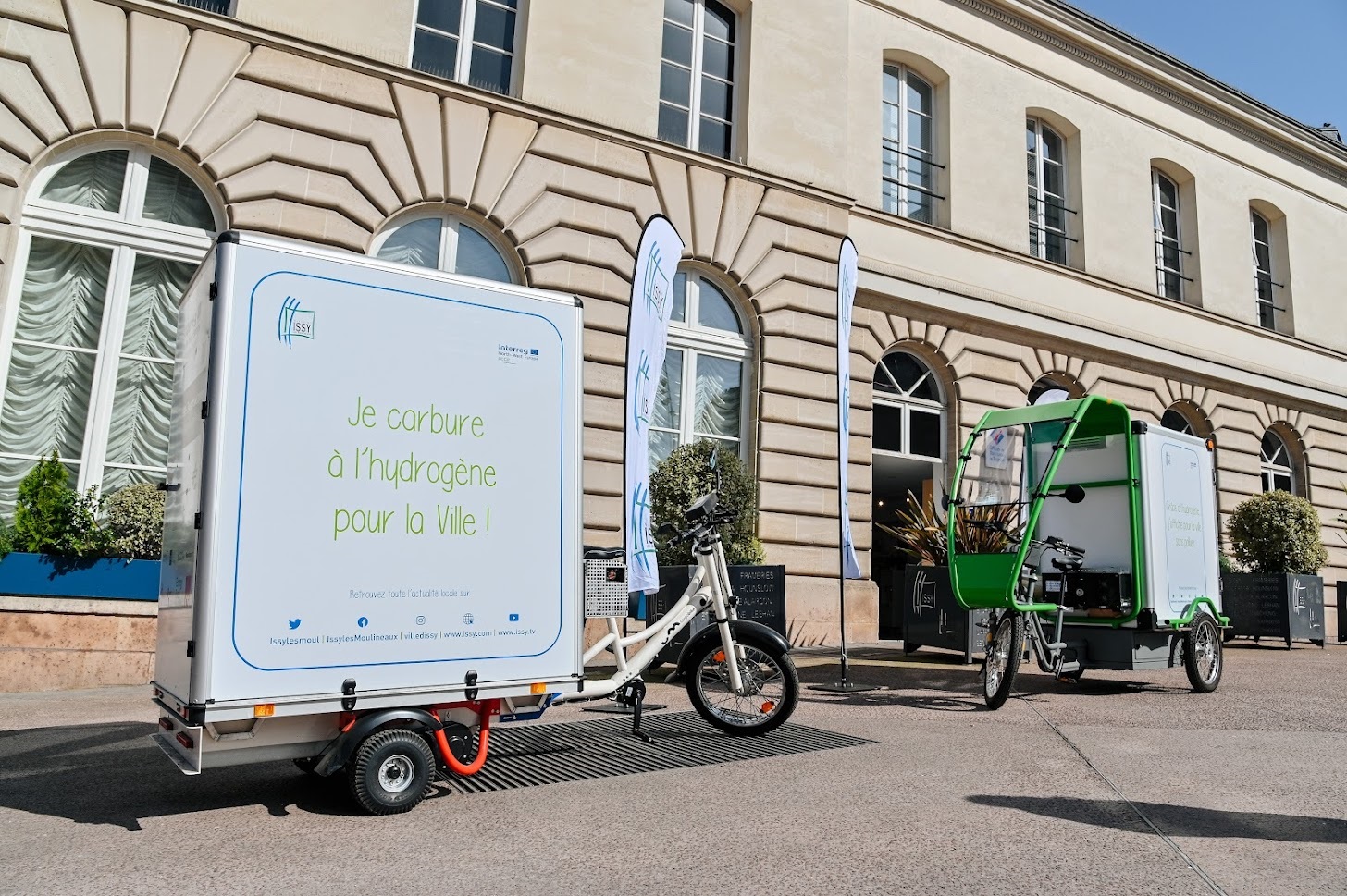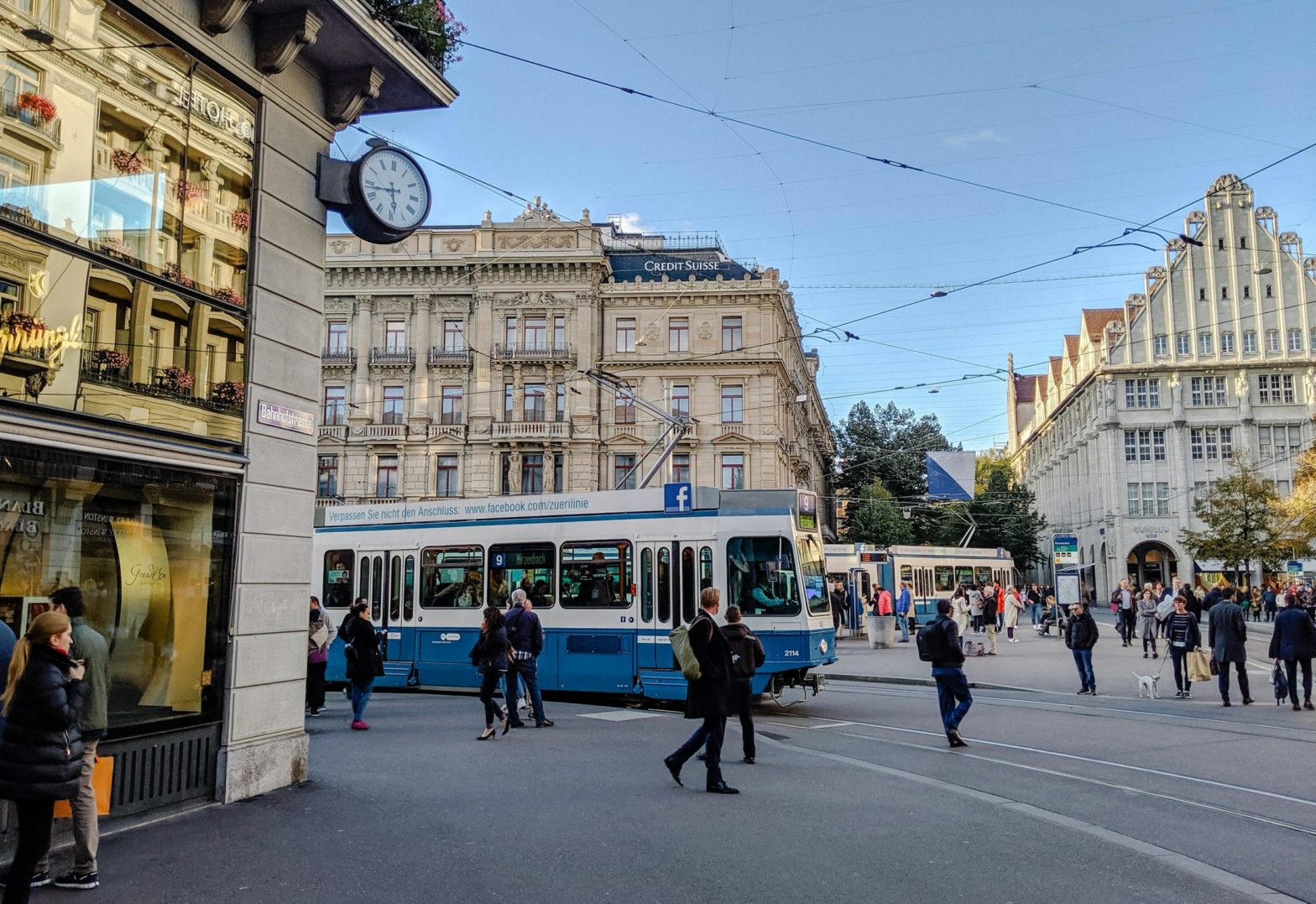
Photo: Nicolas Fagot Studio
French mayor backs hydrogen in climate strategy
19 May 2022
by Sarah Wray
Cities around the world are at the early stages of incorporating hydrogen into their energy mix. As part of its climate strategy, the city of Issy-les-Moulineaux wants to be a pioneer of hydrogen power from renewable sources. This includes demonstrating how it can be used for mobility and residential heating, and establishing one of the first hydrogen districts in Europe. Sarah Wray talks to André Santini, Mayor of Issy-les-Moulineaux.

In 2020 Issy-les-Moulineaux became the first French city to launch a specific budget dedicated to climate action, based on a model established by the city of Oslo in Norway.
Climate budgeting is a governance tool that integrates climate considerations into all city decisions across departments. It outlines the targets and measures to cut carbon emissions, as well as costs and lines of responsibility. Regular reporting via a climate dashboard aims to keep goals on track.
Issy-les-Moulineaux, a Paris suburb with a population of around 70,000 people, aims to become a “near zero-emission city” by 2050 at the latest.
“We often make the mistake of having long-term goals that are easy to push back as the deadline approaches,” says Mayor Santini. “By associating [our] strategy for the fight against climate change with the notion of ‘budget’, the municipality wants to show a strong political will, the vote of the financial budget being the most important political act for a municipal council.”
Green transport
Santini is also Vice-President of the Greater Paris Metropolitan Area and this supports collaboration on key climate action strategies.
Alongside reinforcing green infrastructure and promoting the circular economy, Issy-les-Moulineaux is focused on reducing emissions from buildings, transport and energy, and hydrogen plays an important role.
“Issy-les-Moulineaux has decided to position itself since 2020 as a pioneer city in France on hydrogen as an energy for mobility and residential [use],” says Santini.
The city is participating in the Fuel Cell Cargo Pedelec (FCCP) project, which explores the use of emission-free cargo bikes for last-mile delivery.

The pilot aims to tackle challenges with existing batteries that could limit the potential of cargo bikes, such as range constraints and failures at low temperatures.
The FCCP vehicles use hydrogen as an energy source and a small fuel cell as a converter. According to the project website, the fuel cell technology provides more energy and weighs less than batteries at the same dimensions. The hydrogen tank can be refilled within seconds and suffers no performance losses even in sub-zero winter temperatures.
In total, 36 hydrogen fuel cell cargo bikes will be tested for a year throughout all seasons in various European cities, and two of those will be in Issy-les-Moulineaux.
It is estimated that one fuel cell cargo bike can save up to 5.5 tonnes of CO2 per year by replacing combustion engine vehicles.
“This was an opportunity to launch reflection on the use of hydrogen in different sectors within the city,” says Santini.
The FCCP project is funded by the EU’s Interreg North West Europe programme. The initial focus for Issy-les-Moulineaux is municipal services with plans to expand to last-mile deliveries.
Hydrogen district
Issy-les-Moulineaux is also investing in two hydrogen vehicle refuelling stations. The first, for charging cargo bikes, is set to launch this year.
The second hydrogen station will be attached to the future urban logistics centre which will be a central hub for delivery trucks, to encourage green last-mile delivery.
Santini says the stations will produce clean hydrogen energy through the electrolysis of water from the River Seine.
The city is setting up a shared garden close to the hydrogen refuelling centres to provide information and promote awareness of hydrogen energy among residents.
In the long term, Santini expects a balance between electric and hydrogen energy.
“The electric car and the hydrogen car are two zero-carbon technologies. Each technology has its advantages and disadvantages: the electric car is easier to maintain and presents less risk of storage, hydrogen allows greater autonomy and recharges faster. The hydrogen car also requires less infrastructure – charging stations. But we will probably see the two types living together for a long time,” says the Mayor.
As part of its hydrogen strategy, the city is planning a district in the Axe-Seine area which is “fully adapted” for hydrogen and would be among the first of its kind.
This will include renovating the district’s heating network to supply it with hydrogen as well as setting up an active mobility network alongside the hydrogen station and the urban logistics centre “in order to promote new modes of mobility for all concerned”.
The mayor hopes that the HydroSeine district can eventually become energy positive and will also regenerate the area which is currently mainly offices.
He says: “This desire to include hydrogen is also part of a broader context of overall renovation of the district…more oriented towards a mix between offices, housing and shops than currently.
“This project would thus be the first to see the light of day in France and would be one of the pioneers in Europe in the residential sector.”
Elsewhere, geothermal energy is used in local districts for 2,500 homes, alongside the 1,500 homes supplied by the district heating network. Plans are in place to connect a further 800 homes to a heating and cooling network that uses heat from a wastewater collector.
“Our projects confirm the will of the municipality to develop renewable energies to fight climate change,” comments Santini.











